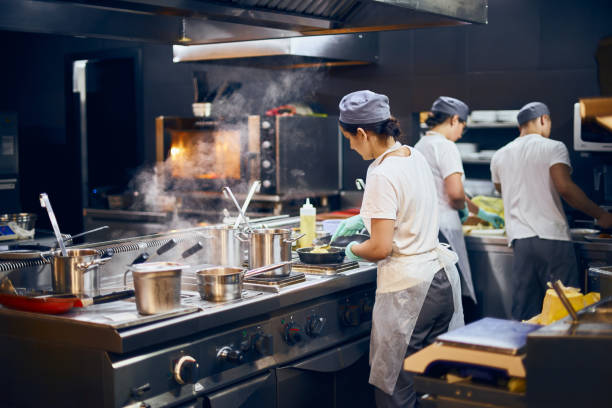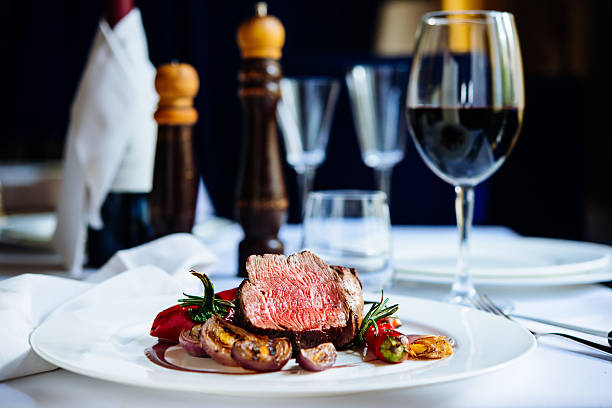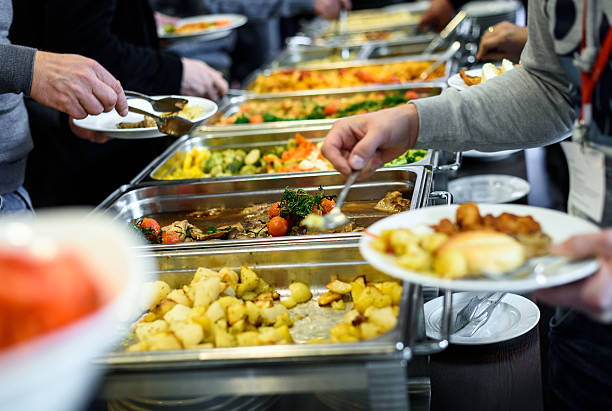Food processing, by definition, pertains to different types of methods used in converting raw ingredients into dishes. If this is done on a large scale, as is the case in restaurants, then it can be termed commercial food processing. Like any other form of commercial process, the processing of food on a commercial scale is also dependent on machines and equipment to be efficient and reliable. As any person involved in the dining industry would agree, there are no set or uniform categories in different commercial food processing equipment that can be classified. Still, on a tentative note, commercial food processing equipment can be categorized into five groups. The following are details.
1. Blenders:
When it comes to blenders, the difference between the domestic variants and industrial variants is primarily related to the amount of ingredients that can be blended in one session. Needless to say, commercial food processing equipments, like industrial blenders, hold the capacity to process more ingredients than domestic blenders. Having a blender that can meet the needs of the establishment is imperative because, without it, the time and effort that will go into making any dish would be almost doubled.
2. Meat grinders:
Grinding meat is one of the most dreaded and difficult processes involved with cooking. In fact, usually only professional cooks like to grind their own meat because this is the only way that they can ensure the purity of the ingredients. Apart from being difficult, grinding meat can also be very time consuming unless it is being done through industrial grade meat grinders. These are grinders that are particularly created to be able to handle a lot of meat in as less time as possible.
3. Mixers:
In the case of commercial establishments, it is only natural for certain basic batters and mixtures to be made virtually every day on a large scale to avoid having to do it repeatedly. This makes the commercial kitchen a more efficient place which means that it can cater to more people. These establishments achieve this efficiency by using mixers having extremely large capacities.
4. Slicers:
When an establishment caters to hundreds of people in a single day, it would be unrealistic to expect them to manually cut and slice vegetables or any similar ingredients. Instead, this sub process is done through commercial food processing equipments known as commercial slicers.
5. Peelers and Cutters:
The situation with peeling and cutting is the same as slicers. Notably, peeling can take even more time than slicing or cutting if done manually. Hence, commercial food processing equipment that can handle peeling or cutting can be used to an extremely good effect.
The underlying theme of commercial food processing equipment is that they can increase the output of the dining establishment almost exponentially. Furthermore, when the food is being cooked for a lot of people on a commercial basis, it needs to be standardized. This is another quality of commercial food processing equipment.




